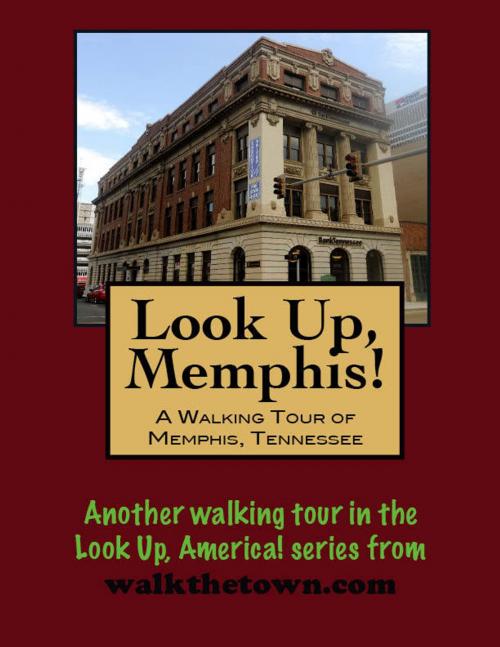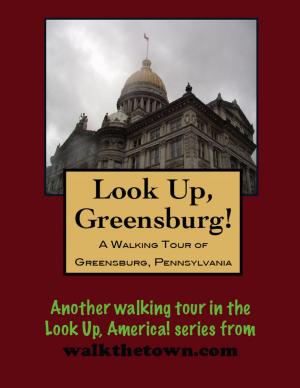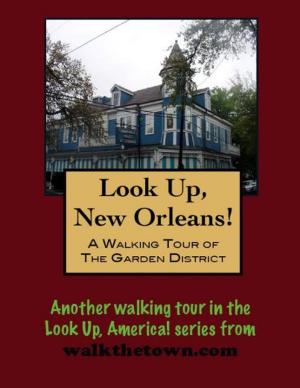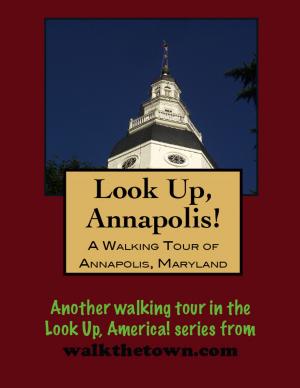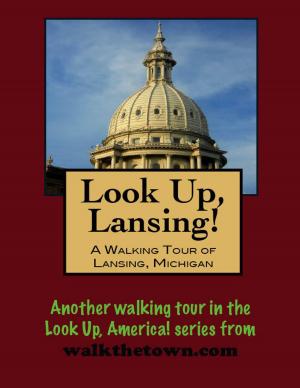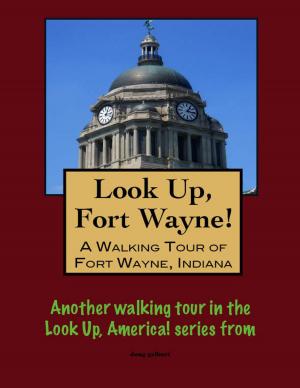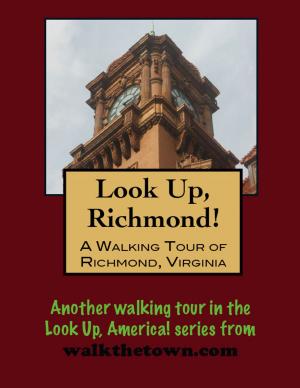Look Up, Memphis! A Walking Tour of Memphis, Tennessee
Nonfiction, Travel, United States, South, History, Americas| Author: | Doug Gelbert | ISBN: | 9781465910592 |
| Publisher: | Doug Gelbert | Publication: | September 23, 2011 |
| Imprint: | Smashwords Edition | Language: | English |
| Author: | Doug Gelbert |
| ISBN: | 9781465910592 |
| Publisher: | Doug Gelbert |
| Publication: | September 23, 2011 |
| Imprint: | Smashwords Edition |
| Language: | English |
There is no better way to see America than on foot. And there is no better way to appreciate what you are looking at than with a walking tour. Whether you are preparing for a road trip or just out to look at your own town in a new way, a downloadable walking tour is ready to explore when you are.
Each walking tour describes historical and architectural landmarks and provides pictures to help out when those pesky street addresses are missing. Every tour also includes a quick primer on identifying architectural styles seen on American streets.
With its location on a high bluff above the Mississippi River and its annual floods, this site has long been highly sought for settlement. For 10,000 or so years the Chickasaw Indians occupied the bluff. In 1819 when Americans John Overton, James Winchester and future President Andrew Jackson laid out a town here they named it after another city that saw massive floods each spring - Memphis, Egypt, an ancient capital on the Nile River.
Memphis was a bawdy river town for most of its early existence but as the surrounding country settled and the railroad arrived the town population exploded in the 1950s form 6,000 to over 30,000. But lurking on the horizon was a one-two punch that would bring the city to its knees for most of the reminder of the century. The Civil War did not have a tremendous direct impact on Memphis but it did strip the town of much of its wealth. The yellow fever epidemics that appeared like clockwork in 1867, 1873 and 1878 had much direr consequences. About three out of every four people had disappeared from Memphis by 1880, either in flight or in a funeral procession. So many people left Memphis that it surrendered its city charter.
After "heavy black frost and ice one-sixteenth inch thick" on October 20, 1878 broke the last of the mosquito-borne plague the town improved sanitation and rebuilt. The first railroad bridge across the Mississippi River south of St. Louis was built in 1892, opening trade to the Southwest. As Memphis developed into a major transportation center the city became the greatest inland cotton market in the world and more hardwood lumber was bought and sold here than anywhere else in America.
But the most enduring export from Memphis would be its music. In 1909 W.C. Handy put his spin on the "lonesome songs" of the poor rural black farmers of Mississippi Delta and introduced America to the blues. Four decades later Elvis Presley provided his own interpretation on the same songs and gave the world rock and roll. In the first half of the 20th century evening visitors to downtown Memphis could hear music wafting down from the rooftop gardens of its grand hotels; today the music comes from a revitalized Beale Street that just a few decades ago was a district of falling down brick buildings.
Today about 600,000 visitors a year - about the same number as the people who live here - come to Memphis to see a single house, Elvis Presley's Graceland, a National Historic Landmark open to the public since 1982. Not quite so many spend a lot of time looking at the downtown but that is where our walking tour will investigate, starting in a remnant of the original 1819 plan for the town...
There is no better way to see America than on foot. And there is no better way to appreciate what you are looking at than with a walking tour. Whether you are preparing for a road trip or just out to look at your own town in a new way, a downloadable walking tour is ready to explore when you are.
Each walking tour describes historical and architectural landmarks and provides pictures to help out when those pesky street addresses are missing. Every tour also includes a quick primer on identifying architectural styles seen on American streets.
With its location on a high bluff above the Mississippi River and its annual floods, this site has long been highly sought for settlement. For 10,000 or so years the Chickasaw Indians occupied the bluff. In 1819 when Americans John Overton, James Winchester and future President Andrew Jackson laid out a town here they named it after another city that saw massive floods each spring - Memphis, Egypt, an ancient capital on the Nile River.
Memphis was a bawdy river town for most of its early existence but as the surrounding country settled and the railroad arrived the town population exploded in the 1950s form 6,000 to over 30,000. But lurking on the horizon was a one-two punch that would bring the city to its knees for most of the reminder of the century. The Civil War did not have a tremendous direct impact on Memphis but it did strip the town of much of its wealth. The yellow fever epidemics that appeared like clockwork in 1867, 1873 and 1878 had much direr consequences. About three out of every four people had disappeared from Memphis by 1880, either in flight or in a funeral procession. So many people left Memphis that it surrendered its city charter.
After "heavy black frost and ice one-sixteenth inch thick" on October 20, 1878 broke the last of the mosquito-borne plague the town improved sanitation and rebuilt. The first railroad bridge across the Mississippi River south of St. Louis was built in 1892, opening trade to the Southwest. As Memphis developed into a major transportation center the city became the greatest inland cotton market in the world and more hardwood lumber was bought and sold here than anywhere else in America.
But the most enduring export from Memphis would be its music. In 1909 W.C. Handy put his spin on the "lonesome songs" of the poor rural black farmers of Mississippi Delta and introduced America to the blues. Four decades later Elvis Presley provided his own interpretation on the same songs and gave the world rock and roll. In the first half of the 20th century evening visitors to downtown Memphis could hear music wafting down from the rooftop gardens of its grand hotels; today the music comes from a revitalized Beale Street that just a few decades ago was a district of falling down brick buildings.
Today about 600,000 visitors a year - about the same number as the people who live here - come to Memphis to see a single house, Elvis Presley's Graceland, a National Historic Landmark open to the public since 1982. Not quite so many spend a lot of time looking at the downtown but that is where our walking tour will investigate, starting in a remnant of the original 1819 plan for the town...
